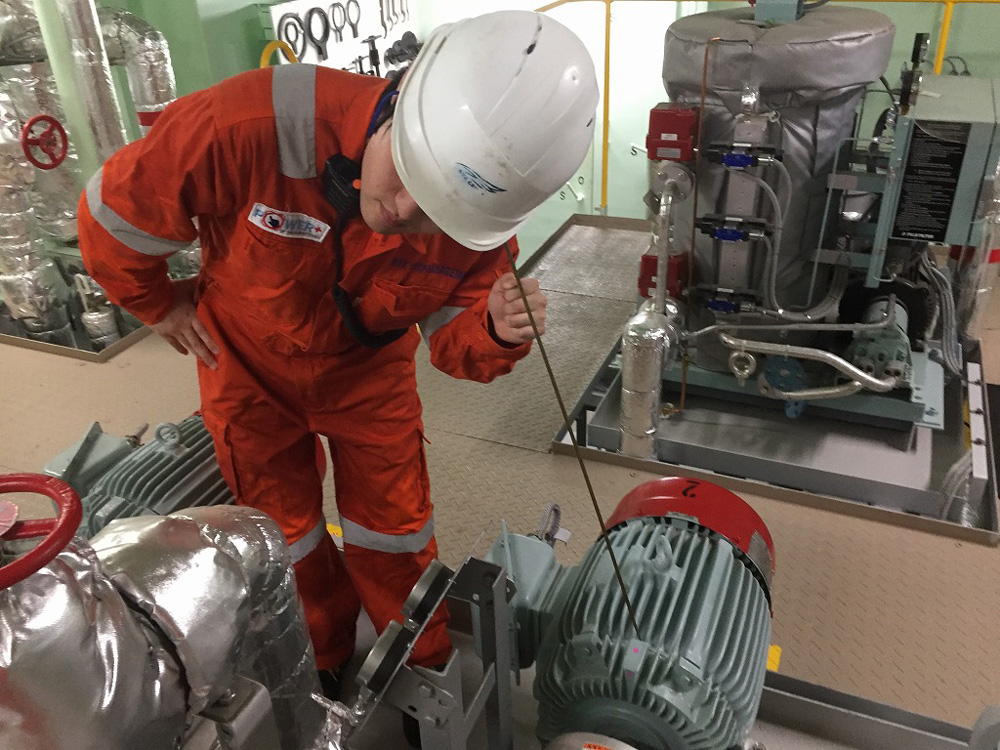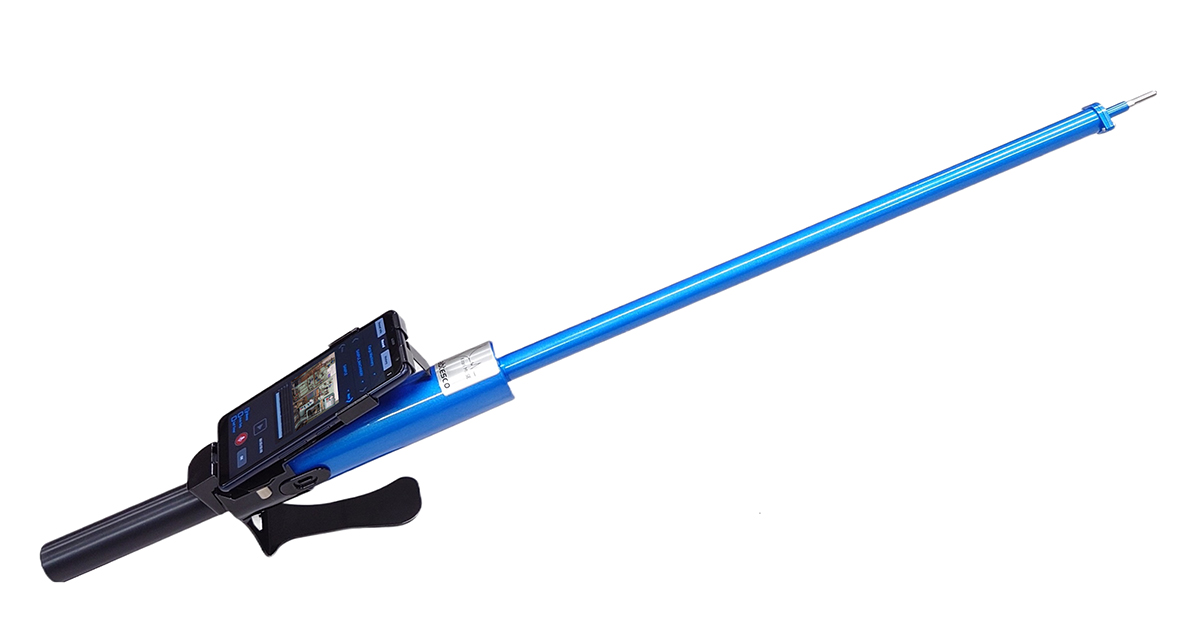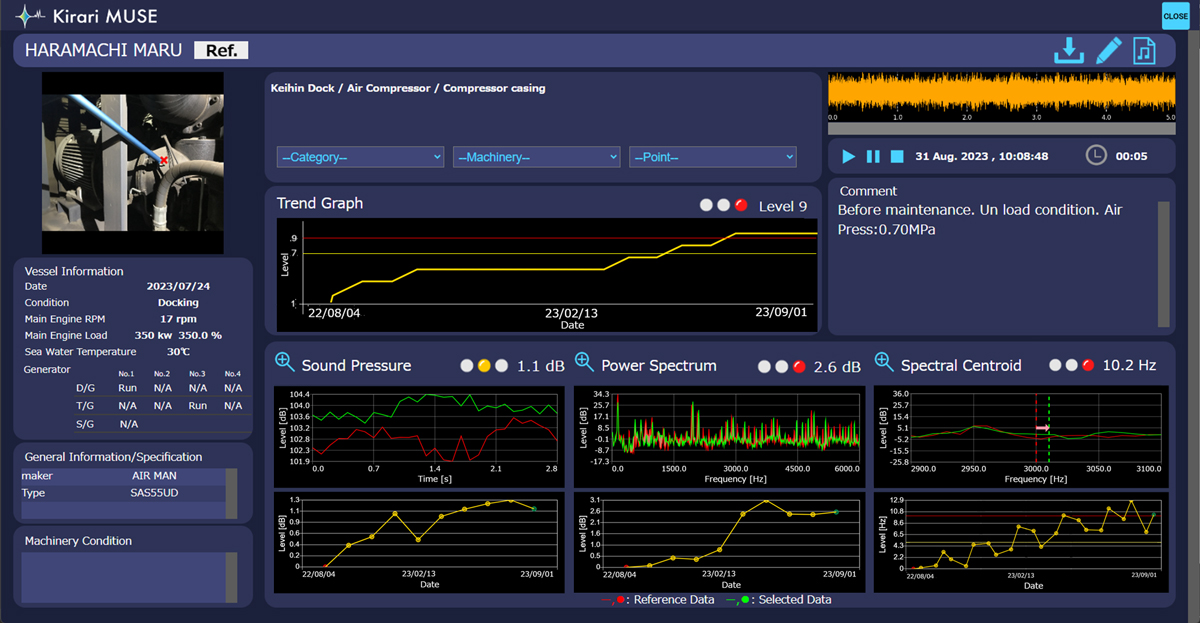Sound-Analysis Tool to Detect Ship-Equipment Abnormalities Launched
Nippon Yusen Kabushiki Kaisha
MTI Co., Ltd.
Nabtesco Corporation
Nippon Yusen Kabushiki Kaisha (“NYK”), MTI Co., Ltd. (“MTI”), and Nabtesco Corporation (“Nabtesco”) have developed an electric diagnostic tool that records, visualizes, and analyzes the operational sounds of a vessel’s engine plant for early anomaly detection. The device has been named “Kirari MUSE” and can store operational sounds from plants as data and use it to diagnose ship-equipment conditions. Nabtesco launched the sale of the device on October 18.
Listening rods made of elongated metal are widely used for diagnosing equipment conditions, such as in ships and factories. By placing a listening rod on a turbine, motor, or other equipment, the operational sound of the object can be captured without being affected by ambient noise, and invisible abnormalities can be detected. Listening rods, however, present difficulties because the sound cannot be accumulated as data and shared with third parties.

Checking sound using a typical listening rod
Kirari MUSE comprises an electric listening rod, a dedicated smartphone as an operation device, and PC software. The electric rod has a recording function, and the PC software enables the recording, analysis, and sharing of sounds by seafarers during patrols as chart and graph data. An alarm appears on the software if the sound data deviates from the set reference data. The dedicated smartphone is utilized for operations such as selecting the device to be inspected, recording memos during inspection, and transferring the data to the software.

Kirari MUSE electronic listening rod

Sound analysis application
By accumulating sound as data, Kirari MUSE helps us to compare the sound data with threshold and past data without being affected by the experience and knowledge of individual seafarers, leading to early anomaly detection. In addition, Kirari MUSE enables us to share the accumulated big data with ships and shore, such as operating companies, ship-management companies, classification societies, and equipment manufacturers to enhance support for diagnosis and repairs from the shore.
Kirari MUSE does not require connection to external software and can be used for non-marine equipment. Users can easily set target devices and threshold values on the software and start sound analysis immediately.
NYK, MTI, and Nabtesco will utilize the knowledge and technical strength cultivated over many years through ship operations to encourage greater safety operations.
(Reference) Nabtesco sales website
Company Profiles
Company Name: Nippon Yusen Kabushiki Kaisha.
Representative: Takaya Soga, President & CEO
Headquarters: Tokyo, Japan
Business Outline: Shipping
Website: https://www.nyk.com/english/
Company Name: MTI Co., Ltd.
Representative: Hideki Suzuki, President
Headquarters: Tokyo, Japan
Business Outline: Research and development related to ships, operation, logistics, etc.
Website: https://www.monohakobi.com/en/
Company Name: Nabtesco Corporation
Representative: Kazumasa Kimura, President
Headquarters: Tokyo, Japan
Business Outline: Provision of control devices for marine propulsion systems, solutions for ships, etc.
Website: https://www.nabtesco.com/en/
